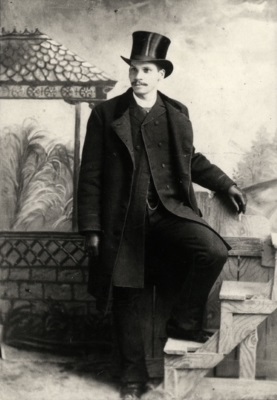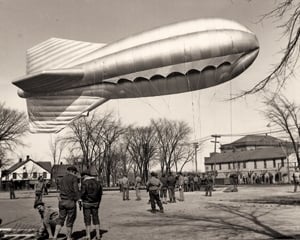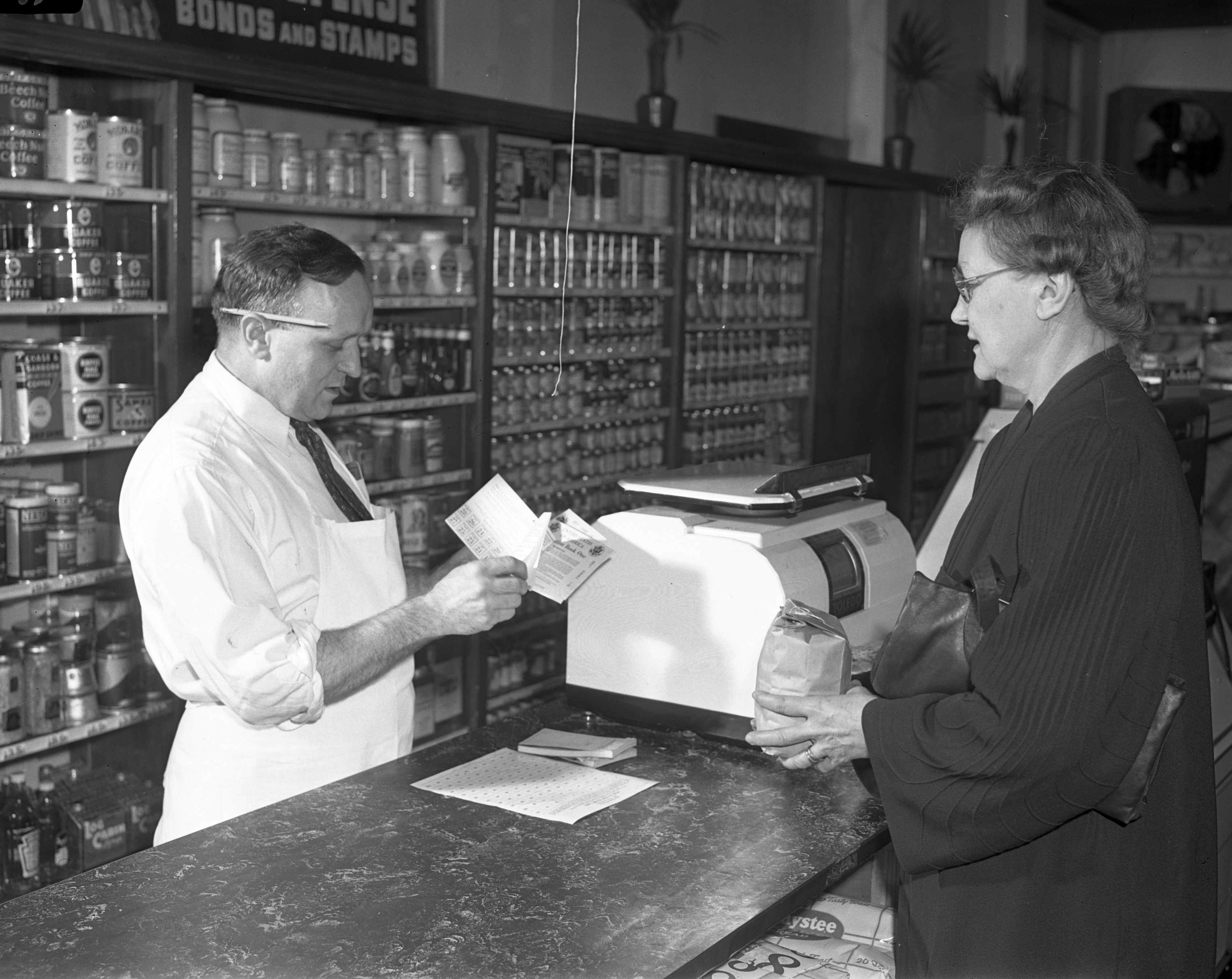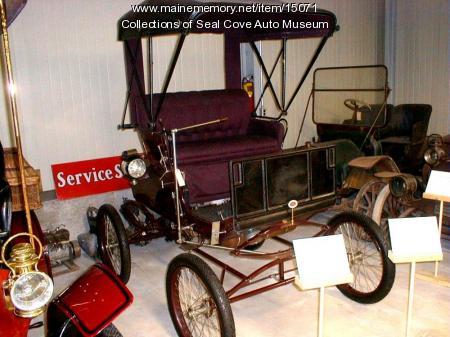
A portrait of William Webb Ferguson, the first African-American to serve in the Michigan Legislature, was unveiled in the Capitol on Wednesday by the Michigan Legislative Black Caucus.
Governor Rick Snyder also attended the unveiling. Mr. Ferguson served in the House as a Republican from 1893 until 1896. Mr. Ferguson was from Detroit and the first African-American to attend Detroit Public Schools. His family also founded a newspaper for a by the black community in the city.
Mr. Ferguson was an advocate for the black community and fought for civil rights. After being denied service in a restaurant he filed a discrimination lawsuit eventually heard by the state Supreme Court, which sided with Mr. Ferguson and ruled against racial discrimination in public places.
Rep. Sheldon Neeley (D-Flint), chair of the Michigan Legislative Black Caucus, introduced HR 256, a tribute to Mr. Ferguson, which passed the House Wednesday. Sen. Vincent Gregory (D-Lathrup Village) sponsored SR 134, the same resolution, which passed the Senate.
Source : MIRS News Service, February 28, 2018
In 2015, the Little Traverse Bay Bands of Odawa Indians filed a lawsuit in which it claimed an 1855 treaty created a reservation of 337 square miles along the Lake Michigan shoreline in Emmet and Charlevoix counties. Michigan said the treaty only offered the tribe pieces of the land, for members to have homes.
The U.S. Supreme Court declined to hear the case on Monday, ending a fight for tribal sovereign rights there.
Had the highest court reversed the lower court’s ruling, it would have meant more tribal control Up North. A similar case in Oklahoma ceded about half of the state’s land to the tribe’s authority.
Sources :
Taylor Wizner, “Petoskey, Harbor Springs area is not Indian Country, U.S. Supreme Court determines after declining to review Odawa Indians’ case”, Interlochen Public Radio, March 2, 2022.
Keith Matheny, “U.S. Supreme Court nixes tribe’s contention that much of ‘Up North’ is tribal reservation”, Detroit Free Press, March 1, 2022.

Born in Connecticut in 1753, William Hull served as a colonel in the Continental Army during the American Revolution. He was serving in the Massachusetts State Senate when he was appointed by President Thomas Jefferson as governor of the Michigan Territory. Hull’s tenure as governor came to an abrupt end when he surrendered Detroit to the British in August 1812.
Source : Michigan is Amazing
On March 1, 1847, Michigan officially became the first English-speaking government in the world to outlaw capital punishment.
According to Michigan & Capital Punishment by Eugene G. Wanger, Michigan’s bold — and often debated — move inspired nations such as Canada, Mexico, England, Scandinavia and the majority of Europe to follow suit in later years.
Former Gov. Lewis Cass, former Sen. William T. Howell, human rights advocate Sojourner Truth and internationally renowned Michigan judge and legal scholar Thomas M. Cooley were among the most aggressive proponents for the abolition of the death penalty in Michigan.
March 1 is observed as International Death Penalty Abolition Day.
Senator Feingolds “Declaration in the United States Congress marking the first International Abolition Day”, Congressional Record, March 1, 2000.
For more background, see Critical Moment : The Death Penalty in Michigan by Fred David.
Andrea K. Farmer, “March 1st in Michigan History : State abolishes capital punishment’, Detroit Free Press, February 25, 2007.
Zlati Meyer, “This week in Michigan history: Death penalty abolished”, Detroit Free Press, February 23, 2014.
On March 1, 1848, the first telegraph message was sent between Detroit and Buffalo, NY.
Source : Historical Society of Michigan

On March 1, 1941, President Roosevelt signed an executive order creating the Military District of Sault Ste. Marie. The Japanese attack on December 7, 1941, shifted matters into an even higher gear, and by early spring of 1942, soldiers were arriving in large numbers at the Soo.
Neither the Germans nor the Japanese ever launched an attack on the Soo Locks, and by the end of 1942, authorities realized that a garrison of more than 7,000 troops to guard the locks was excessive. By September of 1943, generals cut the number of troops to about 2,500. By the beginning of 1944, the Sault garrison consisted of a single battalion of military police, as it had before the war. The Army shut down Fort Brady in October of 1945, and today many of the original buildings are part of Lake Superior State University.
The Rest of the Story
Could Hitler’s army really attack the Soo Locks in Michigan’s Upper Peninsula? It wasn’t out of the realm of possibility. With fears of Axis bombs from above and torpedoes from below, America’s WWII generals deployed soldiers and big guns to guard this obscure but essential supply passage in the nation’s heartland.
“Fear Bombing Attack on Soo, Observers are Told,” screamed a headline on the front page of the Soo Evening News on April 30, 1942.
“Trenches Will Be Handy When Bombs Drop On The Sault,” echoed another in the Evening News of July 3, 1943.
While those headlines might seem melodramatic today, they highlighted a fear that was all too real at the time—and revealed the important role Sault Ste. Marie and the Soo Locks played in the Allied war effort of World War II. It’s a role of which most Americans, and even most Michiganders, are unaware.
At Sault Ste. Marie the St. Mary’s River drops 21 feet from the height of Lake Superior to Lake Huron. During the late 1700s and early nineteenth century, cargoes had to be unloaded from ships in Lake Superior and portaged around the rapids to be placed aboard vessels that would complete the journey to ports in the lower Great Lakes.
But by the time the United States entered World War II, four locks allowed giant cargo ships to navigate the passage. To say that these locks were vital to Allied war production would be a gross understatement. Through the gates sailed nearly 90 percent of America’s iron ore production—110.7 million tons in 1941 and 120 million tons in 1942. The ore was bound for the steel mills of Michigan, Ohio and Pennsylvania; and eventually on to factories making tanks, planes and munitions across the country. The dread that a Nazi attack might disable the locks was so genuine that, by late 1942, the military stationed 7,300 troops in Sault Ste. Marie.
There were so many troops in fact, that nearby Fort Brady couldn’t house them all. The Christopher Columbus Hall, American Legion Hall, the Union Carbide Recreation Building and other facilities were called upon to make room for soldiers.
The troops, members of the 131st Infantry and 100th Coastal Artillery, had begun arriving early in 1942. They were armed with anti-aircraft weapons and used 60-inch searchlights to patrol the sky. Steel mesh nets were installed underwater above and below the locks to guard against torpedo bombs that might be aimed at lock gates.
Shortly afterward, the 399th Barrage Balloon Battalion arrived to do their part in the defense of the locks. Their barrage balloons, 30-foot rubber cows, as they were called, were filled with hydrogen and anchored in place 2,000 feet above the locks by inch-thick steel cables. More cables hung from their rubber bodies. A dive-bomber striking one of the cables would be quickly disabled—the strategy proved effective in both Germany and Great Britain. Sometimes, though, the “rubber cows” broke loose from their moorings and drifted off. Newspaper articles of the time reported the balloons floating as far away as Midland, 200 miles south.
Charles Lindbergh had proven trans-Atlantic flight possible 15 years prior on his solo flight to Paris, so there was a palpable fear that the Germans might fly one-way suicide bombers to Northern Michigan from bases in Norway. Another theory held that they might smuggle sections of aircraft into the far reaches of Hudson Bay via submarine or surface ship, assemble them there, and launch an attack on the locks from northern Canada.
Source: Rachel North, “Northern Michigan History: When the Soo Locks Readied for World War II“, UpNorth, February 18, 2014.
The can opener will yield to the cook book after midnight February 20. From that time until March 1, when rationing starts, there will be no canned fruits or vegetables sold. (Lansing State Journal, February 3, 1942)
During the Second World War, you couldn’t just walk into a shop and buy as much sugar or butter or meat as you wanted, nor could you fill up your car with gasoline whenever you liked. All these things were rationed, which meant you were only allowed to buy a small amount (even if you could afford more). The government introduced rationing because certain things were in short supply during the war, and rationing was the only way to make sure everyone got their fair share.
After three years of rationing, World War II came to a welcome end. Rationing, however, did not end until 1946. Life resumed as normal and the consumption of meat, butter, and sugar inevitably rose. While Americans still live with some of the results of World War II, rationing has not returned.

Mrs. R. E. Chambers presents her sugar ration card to Ashley H. Clague at Grennan & Clague store, Packard St. and Dewey Ave., Ann Arbor, MI 1942
Republished in Ann Arbor News, May 11, 1962
Sources :
Lansing State Journal, February 3, 1942
World War II Rationing on the U.S. Homefront, courtesy of the Ames Historical Society.
Funeral services will be held in Stockbridge at 2 p.m. Wednesday for Stewart M. Watson, 82, who owned the first automobile in Jackson and paid the first traffic fine for “speeding.” … He bought his first car, a Locomobile Steamer, at the first automobile show in New York in 1900, and paid a $15 fine in 1902 for traveling faster than six miles an hour on Main St., Jackson.
Source : Lansing State Journal, March 1, 1954
Article about 1899 Locomobile Steam Runabout from the Henry Ford Museum.
A group of men and a woman – shouting “free Puerto Rico” – fired pistols from a house gallery at congress members today and hit at least five. … Spectators grappled with the pistol wielders in the gallery and police leaped after them. Rep. Alvin M. Bentley of Owosso (R-Mich) was lying on the floor after the shooting ended. …
Source : Lansing State Journal, March 1, 1954
An excerpt from the Washington Post, March 2, 1954.
Bentley is also remembered for setting up the Bentley Foundation in Owosso which continues to this day to assist young people with their education and the development of the “world class” Bentley Library, at the University of Michigan in Ann Arbor.
Source : Alvin M. Bentley, 1918-1969 entry courtesy of the Shiawassee County Historical Society.
“1954 Shooting in Congress”, courtesy of American History TV C-Span 3. A Universal-International News newsreel report regarding the March 1, 1954, shooting attack on the floor of the House of Representatives by three Puerto Rican activists. Five members of Congress were injured. Also shown were excerpts from the C-SPAN program “The Capitol” including interviews with witnesses of the attack.

On March 1, 1962, the S.S. Kresge Company opened the first Kmart store concept at the corner of Ford Road and Middlebelt in Garden City. The store is still open today. The more than 1,300 Kmart stores are now part of Sears Holdings.
Kmart’s world headquarters were originally located in Troy, Michigan in Greater Detroit, but since the purchase of Sears, it has been relocated to Hoffman Estates in Greater Chicago, Illinois.
More than one hundred years ago, Sebastian Spering Kresge opened a modest five-and-dime store in downtown Detroit…and changed the entire landscape of retailing. The store that Kresge built has evolved into an empire of more than 1,500 stores and an Internet presence that reaches millions of customers. The Kmart name has become a symbol of Americana, standing for quality products at low prices.
In 1977, nearly 95 percent of S.S. Kresge Company sales were generated by Kmart stores. To reflect this dramatic impact, the company officially changed its name to Kmart Corporation. Ten years later, Kmart sold the remaining Kresge stores to fully concentrate on discount merchandising.
On January 22, 2002 Kmart filed for Chapter 11 protection, but emerged on May 6, 2003.
In January 2017, Sears announced the the Garden City KMart will be closed during 2017.
The chain purchased Sears for $11 billion in 2005, forming a new corporation under the name Sears Holdings Corporation.
Photo of 1st KMart shortly after its opening, courtesy of “The S.S. Kresge Story”, a 1979 book by the company founder’s son, Stanley S. Kresge.
Sources :
Detroit Historical Society Facebook Page
Sears Holdings Corporation Corporate History
KMart entry from Encyclopaedia Britannica
Kmart to close 10 Mich. stores, including original one in Garden City“,


